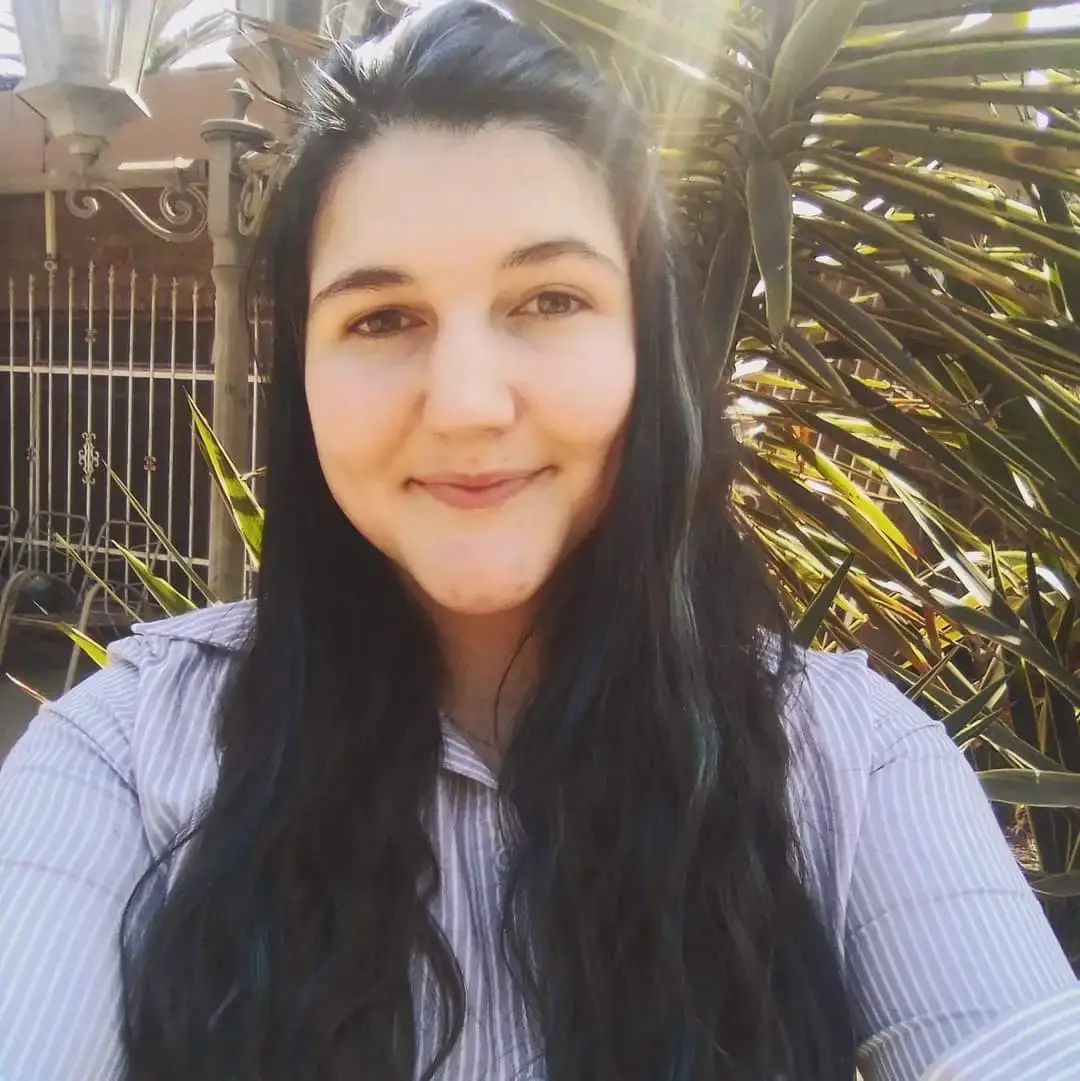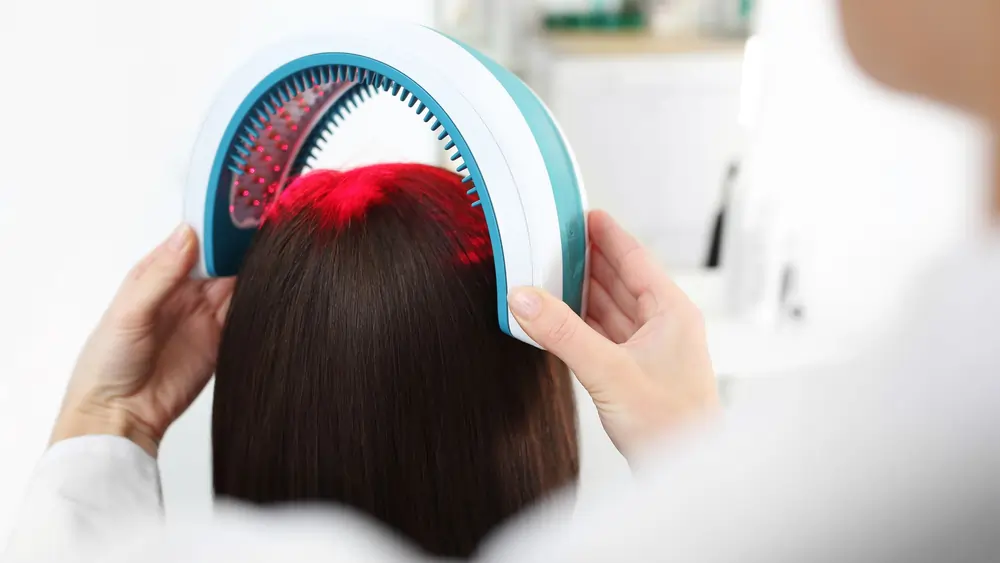Chemotherapy-induced alopecia is the most common cause of anagen effluvium. In this disease, the harmful or inflammatory assault causes a breakage in the hair shaft in the affected anagen hairs. Anagen effluvium, which can be brought on by anticancer agents, alkylating drugs, and mitotic inhibitors given as chemotherapeutic therapy, is frequently known as chemotherapy-induced alopecia. Shedding often occurs within 14 days of the offending drug’s administration, however, it is frequently reversible.
What Is Anagen Effluvium?
Anagen effluvium is a condition that causes hair loss when the hair cycle’s anagen, or active growth phase, is disrupted. The hair cells cease dividing as a result of certain environmental triggers, and crucial enzymes are prevented from converting into crucial steroids that aid in the keratinization process for hair development. As a result, the hair becomes more fragile and brittle, breaking off extremely readily. This results in balding as well as empty spots on the scalp.
The causes of Anagen Effluvium
- Chemotherapy: Some of the medications used in chemotherapy. Protein malnutrition, intoxications like mercury, thallium, and colchicine. Pathophysiology and radiation therapy.
- Pathophysiology: Mitotic activity is disrupted in the pathophysiology, which results in cell arrest and a weaker hair shaft. Anagen hair either falls out at the scalp level or is gently pulled out of place if it is dystrophic.
- Protein deficiency: An extensive systemic workup is necessary to diagnose protein deficiency. Hypoglycaemia, hypoalbuminemia, and hypoproteinemia are typical laboratory findings.
- Alopecia areata: Anagen effluvium can result from the anagen hair being shed from the hair shafts as a result of physical or psychological trauma.
- Infection: The anagen hair might become loose and shed quickly and readily due to fungal infections or boils and abscesses brought on by other microorganisms.
- Pemphigus Vulgaris: Anagen effluvium has this somewhat uncommon cause. Blisters are produced when the body’s antibodies attack the skin’s cells. Even though the hair is in the anagen phase, its production of them might cause damage to the hair follicles.

The Symptoms of Anagen Effluvium
Anagen effluvium causes rapid hair loss, with hair loss and breakage growing exponentially only a few days or weeks following exposure to the causes. Because more than 80% of the hair is in the anagen phase and hence damaged at any given time, a significant amount of hair is lost very quickly in anagen effluvium.
- Irregular shape or growth of hair.
- Hair is brittle and breaks easily.
- Hair thinning.
- Rapid hair loss.
- Shedding of hair from the scalp and entire body.
- Could leave baldness on the scalp.
Anagen Effluvium Treatment Options
There are treatments that can be undertaken to help the scalp and the body overcome hair loss quickly and easily.
PRP Treatment
A small amount of blood from the patient’s own body is taken out as part of this non-invasive treatment, and the platelets are separated from the other blood components. After being activated with calcium chloride, these platelets are then injected with a small needle into balding or patchy areas of the scalp. In order to restore the hair development cycle to normal activity and stop hair thinning, vital growth elements are directly given to the hair follicles.
Medications
There are various medications used for treating hair loss, these include:
- Minoxidil
- Cyclosporin A
- Scalp Tourniquet
- Oral medication
- Oral contraceptives
Hair Transplantation
Hair transplantation is the most effective treatment for anagen effluvium to restore your hair’s former glory when the hair loss has reached levels that are creating irreversible effects in the shape of bald patches or partial baldness.
There are various hair transplant procedures available. Consult your doctor, who can advise you on which option is best for you. Here is a list of a few hair transplant procedures that are available.
Follicular Unit Extraction
Recent years have seen great success for follicular unit extraction thanks to new technology that has made surgery even safer. Just two days after the surgery, the discomfort has subsided and you are able to get back to your normal routine and job.
Strip Harvesting
Since the 1960s, the strip harvesting method has been employed for hair transplantation. The same procedure is recommended here, which calls for slicing a strip from the donor area and transplanting it into the recipient’s location.
Hairline Transplant
The most crucial aspect of the hair transplant surgical procedure is the hairline design. For males and females, it differs. When creating a patient’s hairline, some crucial elements are considered.
- The degree of balding
- Age of the patient.
- Facial Measurement and Contours
Eyebrow hair transplant
Anagen effluvium can cause partial or full hair loss in certain people’s eyebrows. The client receives a lasting solution from this technique since it uses fine hair from the back of the scalp to create a natural appearance.
Body hair transplant
Body hair is the next component to be used to fill in the advanced stages of baldness since it can be done by harvesting transplants from the face, chest, underarms, and legs. It can be done when there is a need by taking into account the facts regarding behaviour and various hair cycles of different places.
Frequently Asked Questions
What is the cause of anagen effluvium?
An infection, a medication, a toxin, radiation, or an autoimmune condition are the main causes of anagen effluvium. An infection may stop the growth of hair in a specific location, leaving one or more bald patches.
Can I get a hair transplant if I suffer from anagen effluvium?
Yes, there are many factors to take into account. Future therapies for cancer recurrences that result in hair loss (radiation or chemo) may expose these scars and be an additional cosmetic issue because hair transplant techniques (both FUT and FUE) create scarring.
Will my hair grow back after anagen effluvium, if not what is the best option?
A typical start date for anagen effluvium is three months following the occurrence. You might have thin hair, but you won’t probably lose all of it. This condition can be completely reversed. After six months, your hair may begin to grow back. If not, getting a hair transplant is a better course of action.
Other Types of Hair Loss
- Telogen Effluvium
- Androgenetic Alopecia
- Alopecia Areata
- Tinea Capitis
- Cicatricial Alopecia
- Hair Shaft Abnormalities
- Hypotrichosis
Sources
- Saleh, D., Nassereddin, A., & Cook, C. (2021). Anagen effluvium. In StatPearls [Internet]. StatPearls Publishing.
- Contin, L. A., Santos, L. D. N., Pereira, I. J. N., & Rocha, V. B. (2021). Anagen Effluvium after Therapeutic Scalp Surgery: Unreported Phenomenon. Skin Appendage Disorders, 7(4), 311-314.




